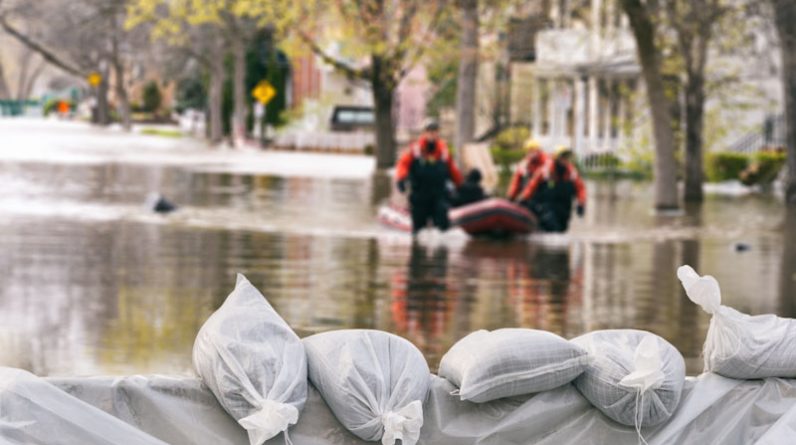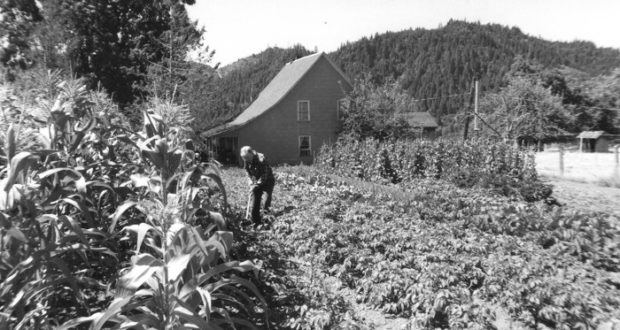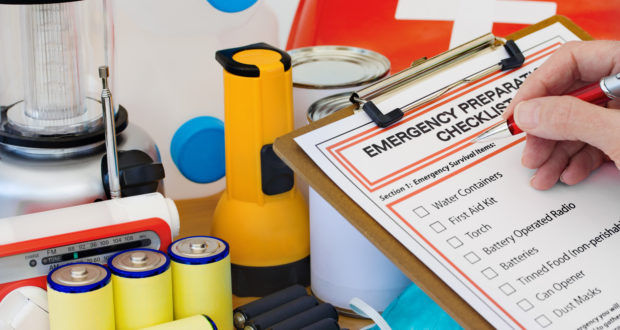Most of what I see about wilderness survival seems to be written as if all survival situations happen in the summertime, with good weather. There never seems to be any issue with cold, rain or snow; but if you ever find yourself surviving in the wilderness, you can pretty much count having at least one of those weather conditions, if not all three.
This attitude of good weather shows up in how most preppers build their bug out bags. It’s rare to see sleeping bags, tents and other things to help keep you warm, even though backpackers carry them regularly. I carry rescue blankets and have used them in survival situations; but I’d never trust one to keep me as warm and comfortable as a nice down sleeping bag.
Surviving in the winter requires being ready for the cold. As we all know, maintaining our core body temperature is our highest survival priority. Everything else we do, has to work around that. Having clean water or food isn’t going to matter if you’ve got hypothermia.
Shelter
Shelter isn’t all that important in the summertime, unless it is raining. But in the winter, it is critical. You will need shelter to keep the snow off your head, keep you out of the wind and keep whatever heat you manage to generate close to your body, where it will do some good.
The debris hut, which is so popular in the prepping community, is actually a rather good winter shelter. It provides fairly good protection from wind and rain, as well as insulation to keep your body heat in. That shelter can be made better though, by throwing a tarp over it and staking the tarp down. There are ultralight tarps available, which backpackers use, that weigh less than a pound, with tent poles, making them lighter than a backpacking tent.
Let’s not miss an important point that I mentioned there; that a winter shelter needs to provide insulation, as well as blocking wind and rain. Most tents don’t do that very well, but the debris hut and some other types of survival shelter that you can build use layers of plant matter, which makes for good insulation.
Of course, if you want something simpler, that isn’t going to require you searching for materials, you can always buy a 4-season backpacking tent. These are low-profile to handle the wind, as well as being double hulled to provide minimal insulation, and with a waterproof bottom. The poles are their geometry are stronger, to handle potential snow load. They are heavier than 3-season tents; but keeping warm and dry does have a cost.
Placement of your tent or shelter is critical. You want to be sure that you place it in such a way so that the back is into the prevailing wind, protecting the door. You’ll also want to place your fire close to the door, while making sure that it isn’t so close as to create a fire risk. A heat reflector, made of logs or stones, behind the fire will make more of the heat from the fire available to you in your shelter.
The Best Natural Shelter
One of the best shelters that nature can provide is a big old pine tree. The branches of the pine grow out horizontally, perpendicular to the trunk, unlike the branches of other trees. As the branches grow, their weight causes them to sag. So the branches that are brushing the ground will actually connect to the trunk two to thee feet off the ground. Branches under that will die and can be broken off easily, making a nice shelter. Piling additional branches or snow around the base will make it even warmer inside.
The Snow Cave
If there’s a big enough snow bank, it might be possible to make a snow cave. The key to any snow café is building it so that the top of the entryway is below the chamber inside. Since cold air drops, that will keep the colder outside air out of the snow cave and it won’t be able to get any colder than 32°F inside.
Sometimes the snow inside what will be the cave can be packed down to make a sleeping area; but if the snow is already packed, it will need to be removed. It is unlikely you’ll be able to have a lot of ceiling height, as that would require a really big snowbank. But in most cases, all you’ll want is enough room to lie down in and sleep.
Clothing
Proper clothing is critical in winter survival situations. You need enough clothing to keep you warm, without having so much that it causes you to perspire. Perspiration can freeze to your skin, sucking your body heat out. if you do find yourself perspiring, take off the wet clothes immediately and put on something dry, even if that means stripping down in the open. Those wet clothes will sap your body’s heat faster than being naked.
Most people’s bug out bag lists don’t include any extra clothing. This is a mistake in the wintertime, as you need to be able to change your clothing if it gets wet. The best solution is to dress in layers, so that you can take off articles of clothing or put them on as needed to regulate your temperature. The more active you are, the less clothing you will need to have on, to keep you warm.
Your outer layer should be water-repellent, rather than waterproof, because waterproof garments will keep moisture trapped inside. Most rain ponchos are made of waterproof material; but you can buy rain ponchos made of ripstop nylon, which is an excellent, strong, lightweight material. It is water repellent, so it works to keep the rain and snow off you, but will breathe, allowing moisture underneath to escape. Most ski jackets are made of a similar material, making them water-repellant as well as lightweight.
Hats, gloves and scarves are some of your most important clothing items in the wintertime. A large percentage of the body’s blood supply goes to the head, providing the brain with oxygen. This blood is carrying the core heat from the body to the head, where it can escape if a warm hat isn’t worn. Mittens are actually better than gloves, for keeping your hands warm, as the finger can share their heat. But mittens aren’t good for all types of work, so it’s best to have both gloves and mittens available. The scarf is useful, because most coat collars don’t do anything to keep the neck warm.
Fire
Fire is especially important and especially challenging in the wintertime. Not only is it hard to find dry fuel to burn, but it’s harder to start the fire. Then, once it is started, there’s a risk of melting snow putting the fire out. You’ll want that fire burning through the night, to keep you warm, which probably means getting up periodically to add fuel to it.
Fire is started by heat, so the colder it is, the more heat is needed to get things burning. In practical terms, this means that it is harder to start a fire with friction fire starters or sparkers in cold weather. Carry something that will provide enough heat to ensure that you can start your fire. I’d say carry a blowtorch; but that might be taking it just a bit far. I use a stormproof lighter, which can’t be blown out by the wind.
You’ll also want to carry tinder, what most people call fire-starters; preferably something with a highly volatile liquid in it, so that you can be sure that it will catch easily. The ones people make themselves out of cotton balls and petroleum jelly work well. They burn hot enough to get the fire going and long enough to dry out damp wood.
Finding dry fuel can be challenging in the wintertime. You basically need to find wood that has been sheltered from the snowfall and isn’t resting on the ground where flowing water might get to it. There are places which meet both criteria, but they are hard to find. The branches on the underside of deadfall trees are usually good, as well as the top part of dead wood sitting on the ground. Collect twice what you think you’ll need, so that you can be sure to have enough to get through the night. You’ll probably end up using much more than you expect.
Build your fire pit where it will be sheltered from the snow and wind, building up the upwind side higher, if needed. A bed of rock, below the fuel for the fire, can work to keep the fire above any water from melting snow.
More than anything else, what you’re looking for in your fire is a good bed of coals. The coals are the hottest part of the fire and will burn for a considerable amount of time; unlike the flame, which roars up quickly but dies down before long. A good enough bed of coals can keep burning through the night, producing heat for you, without much risk of the fire spreading.








